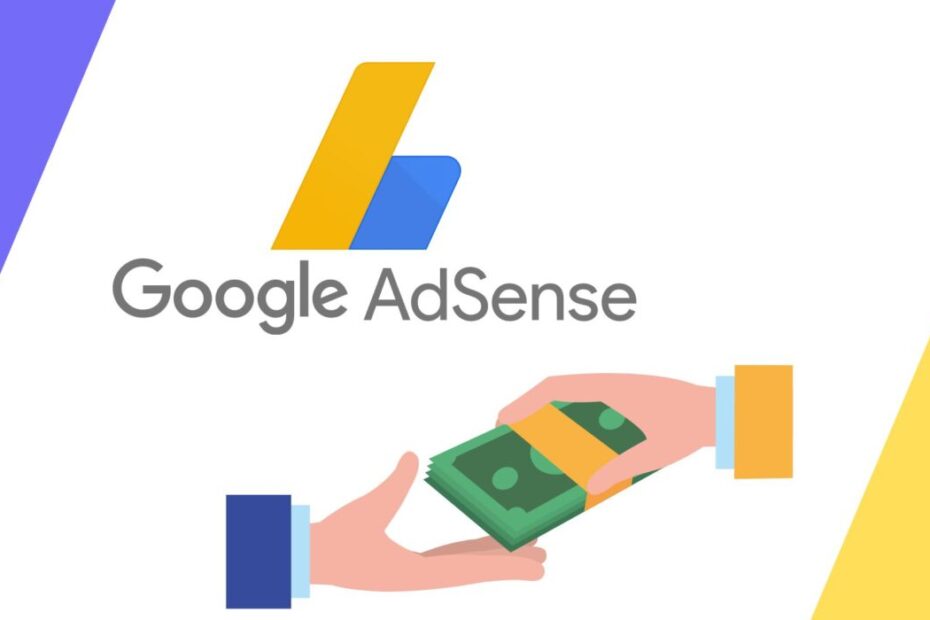With the help of Google AdSense, website owners in the Google Network of content sites can display text, picture, video, or interactive media ads that are relevant to the audience and content of their websites. Google is in charge of organizing, managing, and maintaining these adverts.
Google AdSense generated US$3.4 billion ($13.6 billion annually) for the company, or 22% of total revenue. Since AdSense participates in the AdChoices program, the triangle-shaped AdChoices emblem is frequently seen in AdSense advertisements. HTTP cookies are also used by this software. More than 38.3 million websites use AdSense as of 2021.
Google is in charge of organizing, managing, and maintaining these adverts. They have the option of making money per click or per impression. A pay-per-action service that Google had beta tested was dropped in October 2008 in favor of DoubleClick, another Google product.

Types Of Google Adsense
- Search:- With AdSense for Search, publishers may place advertisements related to search terms on their website and get paid 51 percent of the money those ads bring in.[9] With the use of Custom Search advertisements, AdSense custom search advertisements can be shown next to internal search results or results from an AdSense custom search engine. Only publishers who have been “white-listed” are able to use Custom Search Ads. Because there is a chance for higher Click Through Rates, even if AdSense for Search has a lesser revenue share (51%) than AdSense for Content (68%), higher returns can still be obtained.
- Content:- Users with specific interests or settings can be the target audience for the content-based adverts. Targeting can be done using CPC (cost per click) or CPM (cost per thousand impressions). The main distinction between the two is that CPC targeting bases earnings on clicks, whereas CPM earnings are based on a larger scale, per thousand impressions. This drives CPM earnings out of the market and makes CPC ads more prevalent.
- Video:- With the help of Google’s vast advertising network, publishers who host video content (such as websites that stream videos) can make money by placing ads. The kind of advertisements that appear alongside the publisher’s video inventory is up to them. The TrueView format, overlay advertising that overlay video content with AdSense text and display ads, and linear video ads (pre-roll or post-roll) are among the various formats. Companion advertising, or display ads that appear next to video content without the player, are another option available to publishers. Publishers displaying video content in a player are the target audience for AdSense for Video, not YouTube publishers.
- Link Unit:- Users’ interests are directly catered to by link units. Users may eventually become more interested in the ads they view because they engage directly with the ad unit. Instead of getting paid for clicks on the original topics, AdSense publishers are compensated when users click on the ads that are linked from link unit topics. The Google pay-per-click advertisements on the linked page resemble the ones that appear in standard AdSense ad units.
